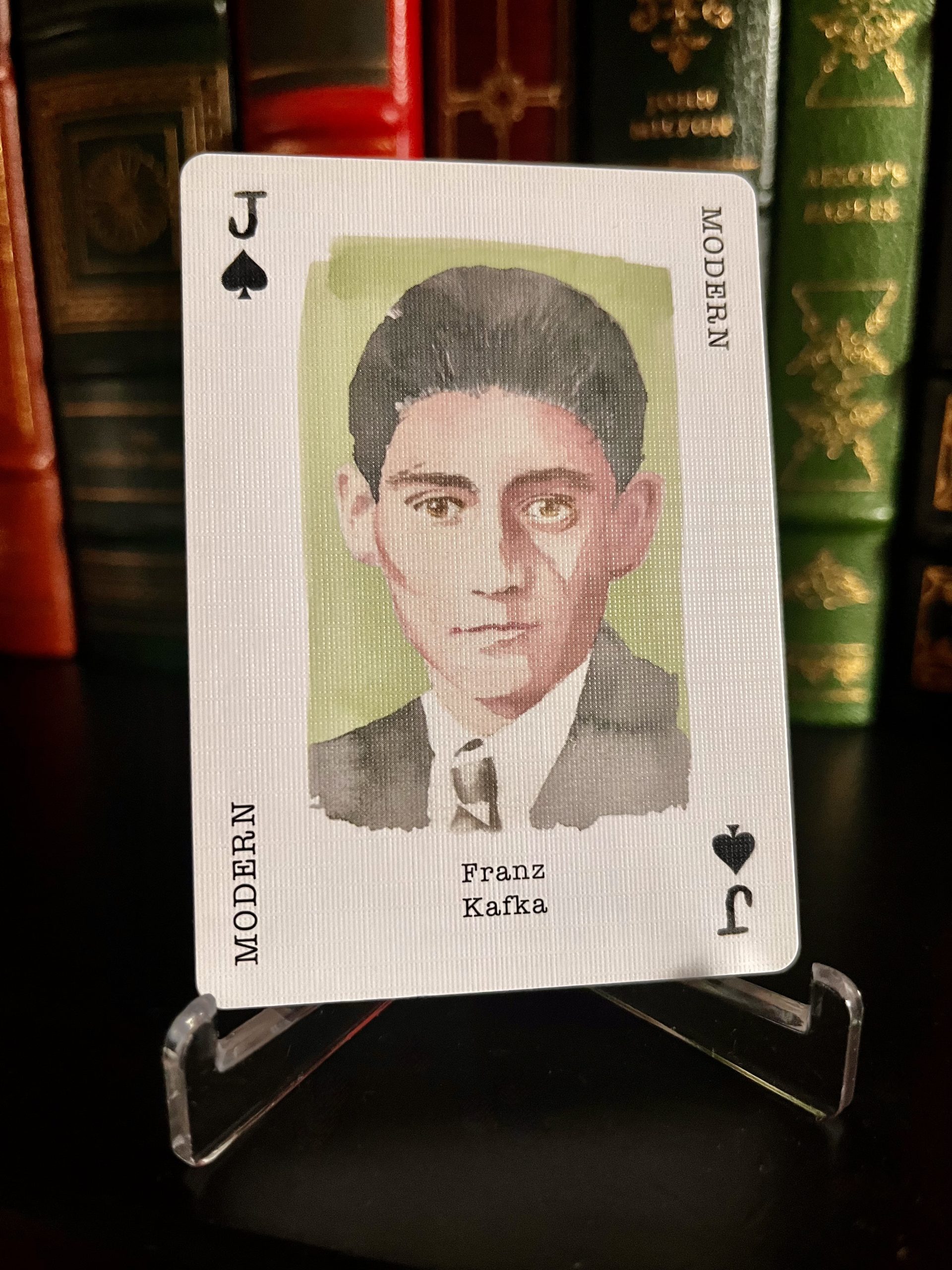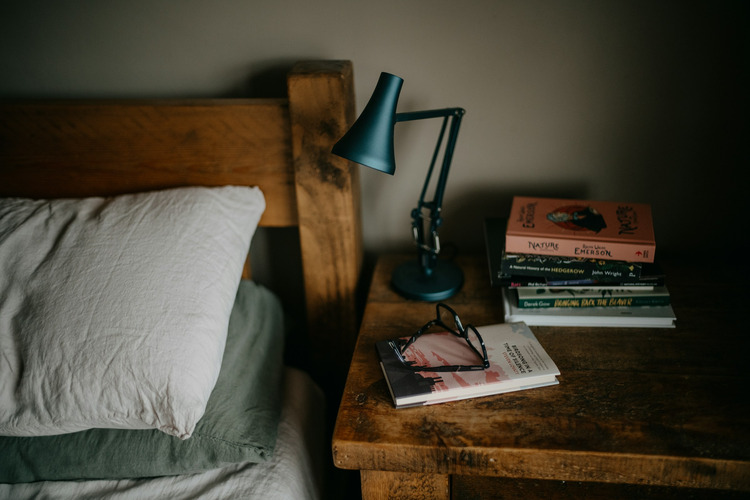interviews
Indigenous Writers Deserve More Credit for Being Hilarious
Tiffany Midge on her book "Bury My Heart at Chuck E. Cheese's" and why there should be thousands of great Native American novels

Tiffany Midge is the author of several books including the recent memoir Bury My Heart at Chuck E. Cheese’s, a collection of prose that blends humor with social commentary and meditations on love and loss. Her poetry collection The Woman Who Married a Bear won Kenyon Review’s Earthworks Prize for Indigenous Poetry and a Western Heritage Award. She received a 2018 Pushcart Prize for her McSweeney’s Internet Tendency piece “An Open Letter to White Women Concerning The Handmaid’s Tale and America’s Historical Amnesia.” Midge is a citizen of the Standing Rock Sioux tribe who was raised in the Pacific Northwest. She is a former humor columnist for Indian Country Today and teaches multi-genre humor writing that elevates awareness of social justice issues.
Julie Vick: How did you get started writing humor?
Tiffany Midge: When I was little, around ten or eleven, I would spend hours in my room recording little skits on my tape recorder; it was clear that my inner anarchist was trying to hatch because one of my skits was a radio station DJ for F.U.C.K. Radio, don’t switch that dial! I think I always understood humor as a means of resistance. My mother was raised on the rez, so she had a built-in affinity for comedy, a survivalist strategy, and a way to make sense out of pain and struggle, that’s one side to it, but also Natives are a storytelling culture, the oral tradition and all that. My father brought me up on Monty Python marathons, live theater, and National Lampoon magazines. So, between the two of them I had a perfect storm for cultivating humor.
JV: In your book, you blend humor with serious topics like grief and racism. What advice do you have for writers who want to use humor when writing about more serious subjects?
TM: I’d like to say that no subject is taboo, or no topic is too profane to joke about. But of course, that’s not true. It can be a thin line. Writing humorously on topics like grief or loss come very naturally for me—the humor is where I always end up, it’s a way to cope, distract myself, and to process. And sometimes responding in ways that are inappropriate becomes the joke in and of itself. People will laugh about how uncomfortable they are, how awful such and such a situation or joke is. The situation or joke is funny because it shocks or surprises. It occurs to me that I use a lot of funereal humor, probably because I’ve been to so many funerals. I must have been unconsciously inspired by that Mary Tyler Moore episode where Mary and company goes to a funeral for Chuckles the Clown and Mary struggled to stifle her laughing during the eulogy.
JV: What role do you see satire and humor playing in the literary world?
TM: To provide a deeper and more intimate connection to characters—which cultivates empathy and understanding. Vine Deloria, the Lakota author and scholar, wrote that one of the best ways to understand a people is to know what makes them laugh. I’d love to see Indigenous writers receive more credit for being hilarious. Very often Native literature is promoted as very somber narratives about trauma, but even within such books, there’s usually quite a lot of humor. But are they billed that way? Not often. Tragedy sells. I have this joke: Two things always present in classic Western literature are death and tragedy. And by that logic there should be thousands of great Native American novels.
JV: The pieces in your book take different forms, including essays, multiple-choice problems, and letters. How do you decide what form a piece will take? Do you sometimes try out different forms or does the format tend to come to you when you start a piece?
TM: A particular form, concept, or conceit will occur to me and I’ll use it as inspiration, as a writing prompt. Often the form is my jumping off place. Forms provide so much material, they’re such an abundant mine to tap into. I’ve seen some poets utilize actual forms, like government forms, IRS forms, formal questionnaires, in their work. The Lakota poet Layli Long Soldier used legislation and documents of legality as inspiration for her book Whereas.
Two things always present in classic Western literature are death and tragedy. And by that logic there should be thousands of great Native American novels.
JV: You also write poetry—do you find that some of the same craft techniques apply to writing both poetry and prose or do the two forms feel pretty separated for you?
TM: The thing about writing humor is that it trains a writer to communicate a very specific idea in a very particular way. No other writing does that, except maybe technical writing. The premise, concept, and joke has to land, an audience has to be in on it in order to get that laugh. So, the writing must be concise. If it takes too long to get to the punchline, or payoff, it won’t be funny.
I also hold true that the craft of writing poetry will help a humor writer exceedingly. Because with both, one needs to use as few of words as possible to reach the intended result. Both crafts rely on tension and tension-building and then the release of tension. And as in poetry, humor comprises of joke upon joke, and depends upon a rhythmic structure: set up, set up, punch, set up, set up, punch. Surprise is another element for both a poem and a humor piece. A good poem surprises and delights in its premise, word choice, etc. If a poem describes a raccoon as cunning, or dexterous, that’s not a news flash. Just as an old standard joke isn’t funny, it might be familiar and inspire a sense of nostalgia, but it won’t inspire genuine amusement.
I assess poems using the same criteria as a humor piece: word choice, rhythm, tension, sense of surprise, and punchline/closing image. (Also, things like tone, voice, and persona, but I’ll save that for another day.)
JV: What are you working on next?
TM: I have a new full collection of poetry coming out from Scablands Books this winter. Its title is “HORNS,” and it’s funny and strange, and speculative. This last spring, I received a Simons Public Humanities Fellowship by the Hall Center for the Humanities at the University of Kansas. The fellowship offered time and space for the writing of two speculative fiction books. So that was an exciting two months I spent in Lawrence, Kansas—my first tornado!
For a few years I’ve been making this joke about how I’m writing a Lakota instructional handbook for Indigenous writing called Bead by Bead. A play on one of the best writing instruction books ever written, Bird by Bird by Anne Lamott. An acquisitions editor emailed me and asked if I might be interested in their publishing it. I had to think seriously about that, it sounds like a cool thing to actually write.









